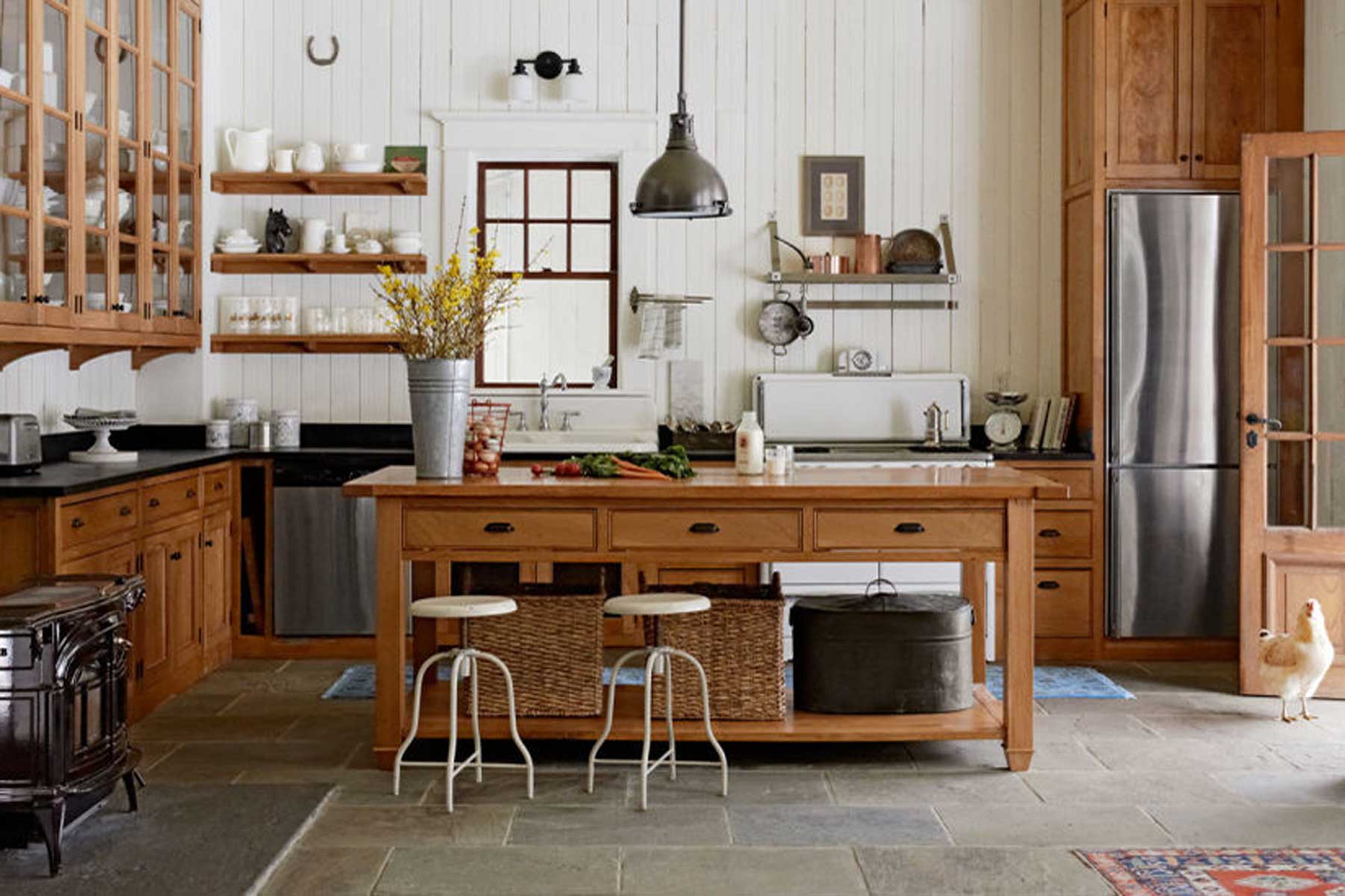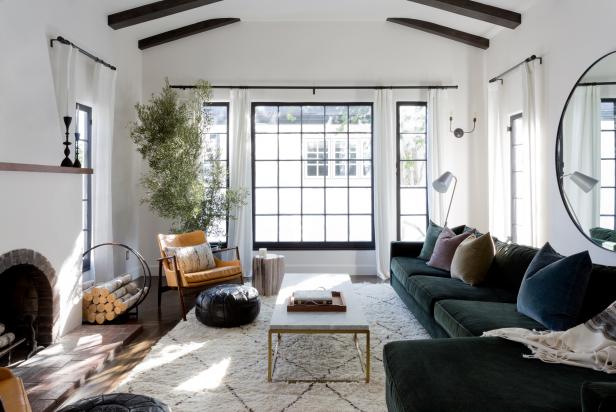Table Of Content
Where modern design is synonymous with clean, almost boxy lines, contemporary design takes things a step further. If you’re working on a remodel, consider adding an eye-catching architectural element like a shapely fireplace or room divider. If not, make an effort to include some curved furniture, lighting or décor elements. Given the similarities of these two styles, you might think that they will be tough to differentiate. However, there are two key differences that make each style distinct. For one, contemporary interiors have bright, contrasting color palettes, whereas Scandinavian interiors feature light, neutral colors almost exclusively.
Latest Articles
The softer edges and elaborate sculptural touches make contemporary interior design styles unique. Usually, when we discuss how to put a room together, we recommend focusing on function over form. It’s one of the elements that sets this design style apart from other, similar aesthetics like modern design.When we talk about “form,” we’re really discussing shape.

The Important Differences Between Modern And Contemporary Design
In the words of award-winning interior designer Nate Berkus, “The best design projects were the ones where people broke all the rules.” Because after all, the most impactful design style is your own. The precursor to cottagecore, English cottage design is, of course, inspired by the traditional cottages of rural England. Common elements of this design style include wood and brick surfaces, pastels and other muted colors, lush greenery, and natural accents. No one wants to be put in a box, particularly when it comes to design. Gone are the days when showrooms and well-designed homes were crafted to be picture-perfect representations of a particular aesthetic or design school.
Ranier Queen Wood Panel Bed
Although these spaces are inherently uncluttered, there are more decorative choices, such as light fixtures in eye-catching shapes. “Modern decorating is referring to a style of design generally considered to be from the early 1900s to the 1960s,” says Best. Modern design followed ornate and highly decorative interiors, like Victorian style, from the period prior. The modern period produced, and was influenced by, minimalist design, like the German Bauhaus and Scandinavian movements. Clean lines and a natural color palette are on display in this contemporary living room designed by Erin Sander. That said, sometimes the best contemporary interior design inspiration we come across boasts the unexpected and window treatments are a great way to bring in contrasting elements.
Modern Is More Clearly Defined
If you’re blessed with oversized windows and great unobstructed views, we suggest keeping contemporary style window treatments minimal and easily retractable to maintain a clean, flawless look. Think of a neutral setting as a great starting point to bring in hints of color and a foundation for expressive artworks and objects with more personality. By selecting the right neutrals for a contemporary living room, you’ll be able to bring in smaller pops of riotous color that you can easily switch around depending on your mood. If you're having a hard time getting away from the cold feel of a minimalist home, textures are the perfect thing to utilize.
Coffee Table with Personality
Contemporary style is for those who find form and ornament more important than function. Contemporary design originated after modern design, around the 1970s. But while the concept may have emerged then, a time period cannot be applied to contemporary style in the same way as modern style. “It’s ever-changing.” Contemporary decor is a fluid style that cannot be concretely defined because it’s influenced by and inclusive of design trends. At some point, there’s probably been a time where we’ve all confused modern interior design with contemporary style, and though they share similarities, contemporary home decor stands all on it’s own.
Tip 2: Favor Accessible Materials
Add feminine whimsy to any bedroom – guest, kid’s, or master – with a rounded feature headboard sure to turn heads. Patios, porches, backyards, and anything in between can be just as attractive as a designer interior. Be sure to add contemporary furniture design and décor to create an exterior style fit for your home. Because contemporary interior design is not static, interior designers are forever updating and perfecting their style. Today, innovative designers push the boundaries of interiors, but we can be sure that there’s more still to come. Innovative and more environmentally friendly materials give contemporary design a visual edge.
Followers of antique farmhouse décor lean into genuine antiques and items with true signs of wear, rather than new items that are distressed or painted to look aged. This design style often features chipped paint, metals with well-earned patina, and worn-in upholstery. Upcycled or repurposed items such as crates, canvas bags, milk jugs, and the like are also popular in this style. Now that you are able to tell modern vs contemporary interiors from the other, you’re ready to get started. If you’d still like a design expert’s advice, Schedule A Free Interior Design Consultation to make your modern or contemporary masterpiece come to life. Brooklyn-based artist Fernando Mastrangelo creates without boundary.
15 Farmhouse Living Room Ideas and Designs - House Beautiful
15 Farmhouse Living Room Ideas and Designs.
Posted: Sun, 20 Aug 2023 07:00:00 GMT [source]
Roll out a chic modern contemporary serving cart when it’s time for drinks! Aside from being the perfect way to serve your guests, it makes for an elegant addition to any room (almost like a piece of decor in and of itself!). Plus, it does more than just store alcohol; you can also use it to serve food, store extra dishware, and maybe even display decor. Contemporary is, by definition, what's happening in design at this very moment in time. Modern design, on the other hand, has a distinguishable aesthetic that emphasizes crisp lines, warm neutrals, and balance.

Contemporary-style sculptures or framed art can be placed at eye level on a structural column or pedestal. This dining room designed by Brad Ramsey mixes elements seen in farmhouse, modern, and minimalist homes. This dining room designed by Erin Sander is defined by large windows, which allow the greenery outside to complement the natural colors indoor.
Concrete, glass, and metal still feature like in modernism, but there are also many additional materials. Bamboo, cork, recycled plastics and glass, aluminum, and clay all feature in the new world of interiors. Earlier influences from Bauhaus and De Stijl art movements brought lively hues into the understated style.
Therefore, designers make no effort to cover up what truly makes an object. At times, furnishings can look machine-like because of the lack of ornamentation. It’s because of modernism’s guiding philosophy “form follows function”. In this, the form is simplified to serve its function first and foremost.
In practice, it’s often warmer, more modern, and more colorful than rustic design, though farmhouse design can certainly lean more rustic with the right elements. It inspires nostalgia and is characterized most typically by open shelving, exposed beams, mixed finishes, natural woods, and, of course, shiplap accents. Industrial details, subway tile, neutral color schemes, and open floor plans are also popular elements of farmhouse design. Unlike the neutrals of the modern homes, the colors in the contemporary interior are earthy and naturally neutral.

No comments:
Post a Comment